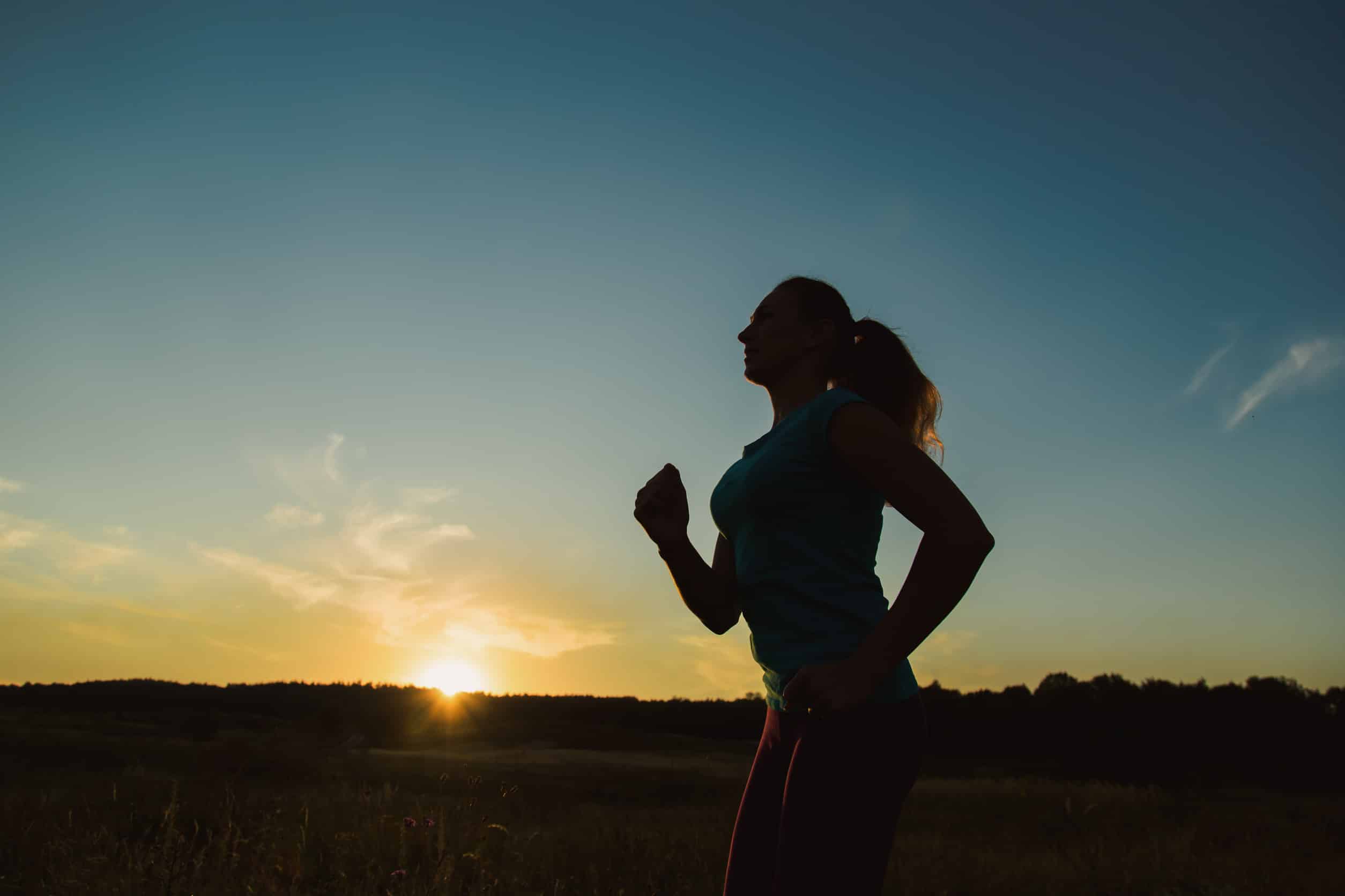Image Credit: zokov/123rf.com
As summer temperatures rise, many individuals are drawn to outdoor exercise, with a recent OnePoll survey revealing that 75% of men and over half of women prefer outdoor workouts to indoor gym sessions. The appeal lies in the benefits of exercising in nature, which include increased motivation, reduced stress, and improved mood. However, exercising in high heat requires careful consideration to avoid potential health risks.
When exercising in hot conditions, the body undergoes thermoregulation, a process that helps maintain internal temperature. This involves increased sweating and blood flow to the skin, allowing heat to escape. Despite these mechanisms, workouts in high temperatures can feel more strenuous, leading to increased heart rates and quicker exhaustion. The added intensity can make outdoor workouts feel significantly tougher than similar exercises in a climate-controlled environment.
Recovery can also be affected by high temperatures. Excessive sweating and redirected blood flow can delay muscle repair and energy replenishment, resulting in longer recovery times. Symptoms like headaches, muscle cramps, dizziness, and fatigue can occur due to the loss of fluids and electrolytes, which are vital for muscle function.
While the body can adapt to warmer conditions through consistent exposure—improving heat regulation, heart rate, and perceived exertion—there are limits. Temperatures exceeding 90 degrees Fahrenheit warrant caution, as risks for heat-related illnesses, such as heat exhaustion and heatstroke, significantly increase. At 91.4 degrees, the likelihood of heat exhaustion begins to rise, and at 92 degrees or higher, core temperatures can reach dangerous levels, necessitating immediate medical attention.
To safely enjoy outdoor workouts in the heat, hydration is crucial. Experts recommend drinking two glasses of water before exercising and continuing to hydrate with four to six ounces every 20 minutes during activity. Sports drinks containing electrolytes can also be beneficial, particularly after sweating, to replenish essential minerals like sodium and potassium. It is advised to consume foods rich in these nutrients, such as bananas and cottage cheese, to support muscle function.
Engaging in outdoor exercise during the summer can be rewarding, provided individuals are mindful of their bodies and the environmental conditions. By implementing appropriate hydration strategies and choosing optimal times for workouts, enthusiasts can safely enjoy the many benefits of exercising outdoors.
Check out the original article here: Source link



